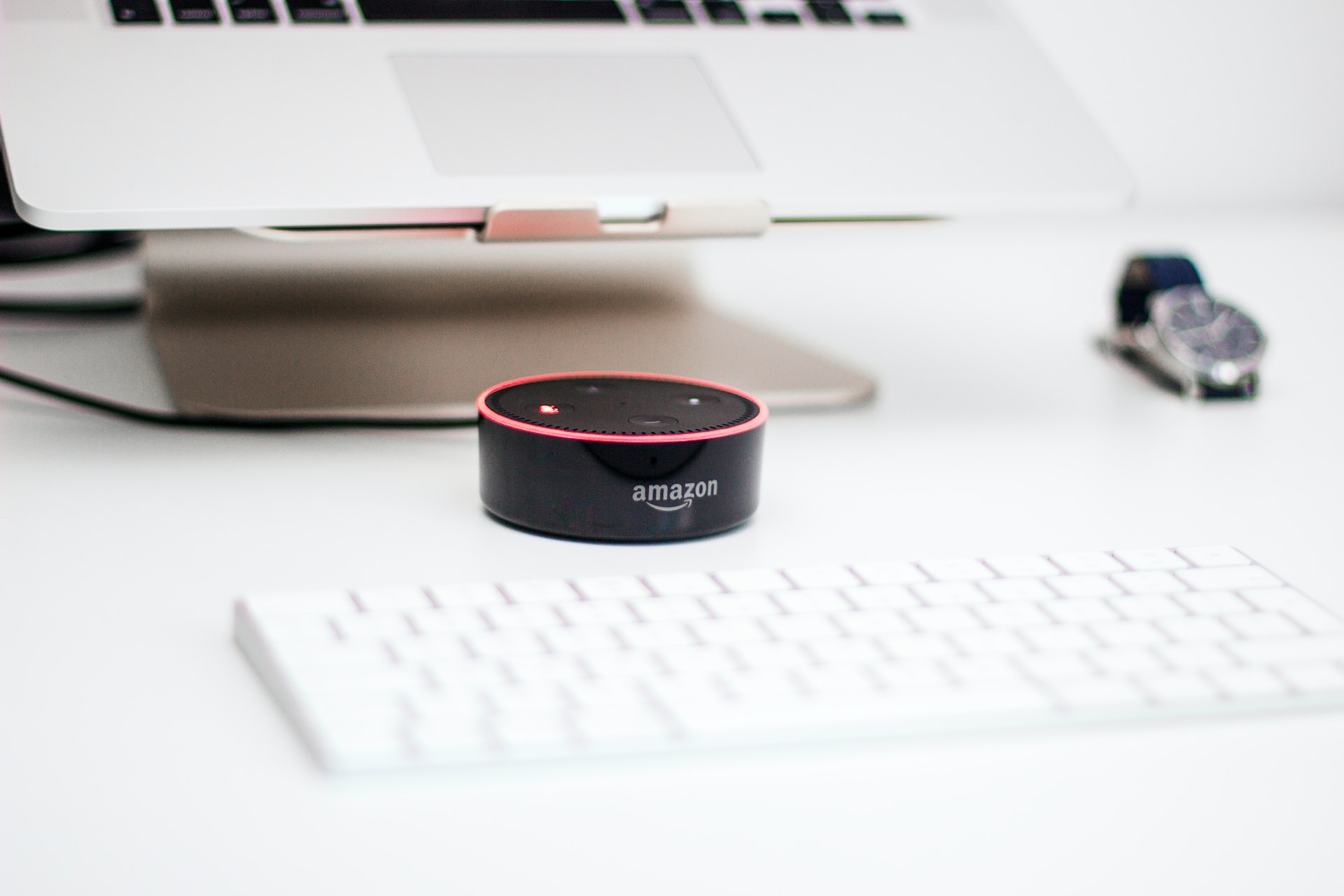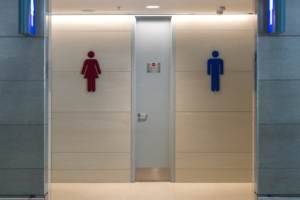The Digital Nervous System: Exploring IoT Sensors and Their Impact

In an increasingly interconnected world, the Internet of Things (IoT) has emerged as a transformative force, promising to reshape industries, enhance efficiency, and revolutionize our daily lives. At the heart of this technological revolution are IoT sensors, the digital senses that empower our devices and systems to perceive and interact with the physical world.
Delve into the fascinating world of IoT sensors in our comprehensive guide. Discover the types, applications, and data-driven insights unlocked by these digital senses. Explore the pivotal role of IoT sensors in smart cities, healthcare, manufacturing, and more. Learn about the challenges and the exciting future of IoT sensors, shaping a connected world like never before.
In this article, we delve into the fascinating world of IoT sensors, exploring their types, applications, and the incredible impact they have on our modern world.
1. The Many Faces of IoT Sensors
IoT sensors come in a staggering array of forms, each designed to capture specific types of data. Some of the most common types include:
- Temperature Sensors: Used for climate control in buildings, monitoring weather conditions, and ensuring food safety during transport.
- Proximity Sensors: Detect the presence or absence of nearby objects, commonly found in smartphones, elevators, and industrial automation.
- Accelerometers: Measure acceleration forces, enabling features like screen rotation on smartphones and monitoring equipment vibrations.
- Environmental Sensors: Gauge factors such as humidity, air quality, and atmospheric pressure, contributing to weather forecasting and smart home automation.
- Motion Sensors: Detect movement and are the backbone of security systems, automatic doors, and gaming consoles.
- Light Sensors: Respond to changes in light intensity and are vital in adjusting screen brightness, saving energy, and controlling street lighting.
2. Pervasive Applications
IoT sensors find applications across diverse industries, impacting our lives in ways we often don’t realize:
- Smart Cities: In the urban landscape, IoT sensors manage traffic flow, reduce energy consumption in street lighting, and monitor air quality to improve the quality of life.
- Agriculture: Sensors track soil moisture, weather conditions, and livestock health, optimizing crop yields and ensuring efficient resource use.
- Healthcare: Wearable sensors track vital signs, providing real-time data for patient monitoring, while hospital facilities employ sensors for asset tracking and sanitation control.
- Manufacturing: IoT sensors are central to the concept of Industry 4.0, facilitating predictive maintenance, process optimization, and quality control.
- Retail: Retailers use sensors for inventory management, tracking customer foot traffic, and enhancing the shopping experience through personalized recommendations.
3. Data-Driven Insights
One of the most significant contributions of IoT sensors is the wealth of data they generate. This data forms the foundation of data analytics and machine learning, enabling organizations to make informed decisions, improve operations, and create new services.
For example:
Predictive Maintenance: Sensors on industrial equipment can detect signs of wear and tear, allowing for timely maintenance, reducing downtime, and saving costs.
Environmental Monitoring: IoT sensors collect data on pollution levels, helping governments and organizations take measures to reduce environmental impact.
Healthcare Advancements: Wearable sensors monitor patient health continuously, providing doctors with a comprehensive view of their well-being.
4. Challenges and Considerations
While IoT sensors offer immense potential, they also present challenges, including security concerns, data privacy issues, and the need for standardized protocols to ensure seamless communication between devices. As the IoT ecosystem continues to expand, addressing these challenges becomes paramount.
5. The Future of IoT Sensors
The journey of IoT sensors is far from over. As technology evolves, we can expect smaller, more power-efficient sensors, greater integration with AI and machine learning, and even more diverse applications. The synergy between IoT sensors and other emerging technologies, such as 5G, will unlock new possibilities and accelerate their adoption.
In conclusion, IoT sensors are the unsung heroes of the digital age. Their ability to collect, transmit, and analyze data is reshaping industries and transforming our world. As they continue to evolve, IoT sensors will play an increasingly pivotal role in creating smarter, more connected, and more efficient systems, ultimately enhancing the quality of life for all of us.
Want to learn more about IoT?
Watch this video:
We hope you’ve enjoyed this exploration of IoT sensors and their transformative impact on our world. If you found this information insightful, please consider sharing this resource with your friends and family.
Help spread the word about the power of IoT sensors by sharing this article with your network. Knowledge shared is knowledge amplified. Stay updated on the latest developments in technology, IoT, and more by subscribing to our newsletter.
Receive exclusive content, expert insights, and the latest trends directly in your inbox. Don’t forget to check out our YouTube channel, @factober, for in-depth discussions, tutorials, and real-world examples of IoT in action. Subscribe and become part of our vibrant community of tech enthusiasts.
Your engagement and support drive us to continue exploring the limitless possibilities of technology. Thank you for being part of the @factober community.





